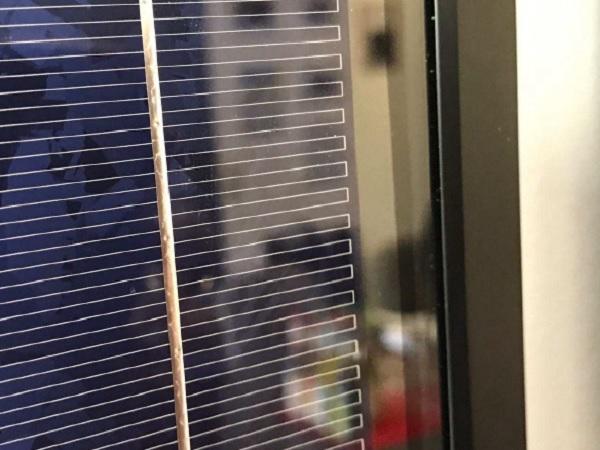
Date: 12 May 2017
DESERT technology has been developed to allow greater efficiency of photovoltaic energy production in countries where extremes of weather such as high temperatures, sandstorms and snow make traditional solar panels less efficient and likely to fail more frequently.
Their DESERT frame profile is specially designed to support DESERT technology solar panels and not only provides greater mechanical stability but is also easier to transport and install.
The frame profile surrounds the edges of the module like a clamp, allowing the module to be placed very accurately and with maximum stability. The inner part of the module is also well protected against atmospheric influences and less water vapour can permeate into the module through the edges.
Another advantage is that in areas with high levels of humidity, the frame profile can be filled with a special sealant (JvG TROPIC technology) to completely prevent any water penetration.


Thanks to the positioning of the tie bar which is placed more to the inner side of the module base, a higher mechanical loading capacity is achieved. This makes the JvG DESERT Frame very suitable for modules located in areas with extreme climates.
In desert regions, the technology gives superior stability in sandstorms while in cold regions with heavy snow, it offers greater stability at high snow loads.
The form closure elements of the upper and lower part of the module are another distinctive feature of the JvG DESERT Frame. They fit perfectly together, allowing safe and easy stacking of the modules and the plastic corners which are widely used when stacking the modules are no longer necessary.
The latest developments in DESERT technology from J.v.G. Thoma GmbH take the efficiency of solar panels to the next level, allowing countries where extremes of climate make conventional solar panels less effective to meet and even surpass their renewable energy targets.
 600450
600450

















Add new comment